Details
Sony Alpha ILCE-7 III (ILCE7M3)
The mirrorless digital camera Sony ILCE-7 III features an updated sensor design and is a camera suitable for both photo and video applications with a wide range of working situations.
The newly developed 24.2MP Exmor R BSI CMOS sensor and BIONZ X image processor are optimized for improved speed and low-light performance, enabling an impressive 10fps continuous shooting rate and improved autofocus performance for faster and more reliable subject tracking.
The updated Fast Hybrid AF system uses a combination of 693 phase detection points and 425 contrast detection areas for very faster focus acquisition in nearly all lighting conditions and maintains focus on the subject more effectively. In addition to speed and autofocus, the processing improvements also provide more clear images with highly redacted noise throughout the sensitivity range of ISO 100-51200, which can even be extended to ISO 50-204800.
Video recording capabilities have been enhanced for improved quality when shooting UHD 4K video using the full width of the full-frame sensor to minimize moiré and aliasing. Additionally, the a7 III utilizes 5-axis SteadyShot INSIDE sensor-shift image stabilization to minimize the occurrence of camera shake by up to 5 stops.
Aside from the imaging system updates, the body design of the Sony a7 III has also been revised to include a rear-facing 3.0" 922k-dot touchscreen LCD, which features a tilting design to better support high and low angle work. A Tru-Finder OLED EVF viewfinder with 2.36 million pixels is responsible for bright and clear subject recognition.
Two SD memory card slots are now available for more shooting flexibility, and a larger NP-FZ100 battery can now also be used to deliver up to approximately 710 shots per charge. For use of the camera in harsh conditions, the body is made of a rugged magnesium alloy; this, along with the a7 III's weather sealing, also makes the body resistant to dust and moisture.
24.2MP Exmor R BSI CMOS sensor and BIONZ X image processor
The 24.2-megapixel Exmor R CMOS sensor works with the BIONZ X image processor to deliver high-resolution still images and video while minimizing noise and improving speed. This sensor design works with an on-chip lens design and anti-reflective coating, as well as the elimination of the optical low-pass filter, to improve shooting quality and increase detail.
In addition, a copper wire layer improves data transfer speed for creating high-resolution 14-bit stills with a native sensitivity of ISO 100-51200, which can be extended to ISO 50-204800. In addition, internal UHD enables 4K video recording with a wide dynamic range using the full width of the full-frame sensor.
The BIONZ X processor also works in conjunction with a high-speed front-end LSI to realize faster processing times while capturing an impressive 15 stops of dynamic range at low sensitivities. The sensor and processor combination also enables fast continuous shooting at up to 10 frames per second at full resolution, for up to 177 consecutive frames and with full-time AF/AE, and whether using the mechanical shutter or electronic shutter. When shooting in Live View mode, a continuous shooting rate of up to 8 frames per second is still possible.
Fast hybrid AF system
An enhanced 4D FOCUS system now uses a combination of 693 phase detection points covering approximately 93% of the frame, along with 425 contrast detection areas to ensure reliable and fast autofocus and subject tracking. This fast hybrid AF system now achieves twice the focusing speed and more reliable tracking compared to previous a7 models, as well as significantly improved focusing in low light.
The use of phase detection points now enables the use of A-mount lenses via the optional LA-EA3 or LA-EA1 lens adapters with full continuous AF/AE tracking compatibility.
The Sony a7 III offers extensive, customizable color and gamma controls, allowing users to adjust gamma, black level, knee, color level and more. Users can also use the same S-Log2 gamma curve found on high-end cameras from Sony Cinema, which adds up to 1300% more dynamic range to the video signal than the traditional REC709, increasing flexibility in post-production.
HLG (Hybrid Log-Gamma) support is available for recording within a wide color space in addition to BT.2020 color space. In addition to S-Log2, S-Log3 is also available for creating an effective 14-stop dynamic range with improved grading control in the shadow to midtone area of the image.
Body Design and Integrated Wi-Fi/Bluetooth
The XGA OLED Tru-Finder EVF is responsible for a bright, clear and detailed display with a resolution of 2.36 million pixels and a magnification of 0.78x. This viewfinder design also enables the use of autofocus in focus magnifier mode, as well as enhanced focusing to support manual focusing. In addition to the EVF, a 3.0" 922k-dot LCD is also mounted on the back of the camera, featuring a touch panel design for intuitive operation and focusing. The screen also tilts 107° up and 41° down to facilitate working at high and low angles.
The magnesium alloy chassis ensures rigidity, durability and stability while keeping weight to a minimum. The lens mount has also been improved to better support heavy lenses, and the grip stiffness has been improved to allow more comfortable holding with one hand.
The weather sealing is designed to resist dust and moisture and ensure reliable operation in harsh weather conditions.
With the NP-FZ100 battery, the a7 III has improved battery life and is now rated for approximately 710 shots per charge. Dual SD memory card slots allow flexible file storage and editing, and can be configured to partition raw and JPEG files or be used for overflow recording. One of the card slots is designed to support UHS-II memory cards. In addition to a micro USB port, a USB 3.0 Type-C port has been added for faster and more reliable tethering support. The USB Type-C port allows the camera to charge from the host power source while plugged in.
Built-in Wi-Fi allows the Sony a7 III to instantly share images with mobile devices for direct online sharing to social networks, email and cloud. NFC (Near Field Communication) is also supported, enabling a one-touch connection between the camera and compatible mobile devices; no complex setup is required. Once connected, the connected mobile device can also display a live image on its screen and remotely control the camera shutter. Bluetooth connectivity enables location data collection.
Other camera features
The Ratings feature lets you assign values of 1-5 stars to images in the camera for faster editing and sorting during post-processing at home.
An advanced 1200-zone evaluative exposure metering sensor delivers consistent and accurate results with multi-field metering, center-weighted metering, or spot metering. Highlight and Average metering modes help prevent blow-out highlights and provide stable automatic exposure.
Anti-flicker shooting automatically detects and times the shutter release to minimize the flicker effect for more consistent still image results.
Body design and integrated Wi-Fi/Bluetooth
- The XGA OLED Tru-Finder EVF features 2.36m resolution and 0.78x magnification for a bright, clear and detailed display.
- This viewfinder design also enables the use of autofocus in focus magnifier mode, as well as improved focus tracking for the benefit of manual focus operation.
- In addition to the EVF, a 3.0" 922k-dot LCD display is available on the rear, featuring a touch panel design for intuitive operation and focus control.
- The screen also tilts 107° up and 41° down, making it easier to work from high and low angles.
- The magnesium alloy body provides rigidity, durability, and stability with low weight.
- The lens mount has also been improved to better support heavy lenses, and grip rigidity has been enhanced for a more comfortable hand position.
- A weather seal protects the camera from dust and moisture for reliable operation in harsh weather conditions.
- Using the NP-FZ100 battery, the a7 III has improved battery life and is now rated for approximately 710 shots per charge.
- Two SD memory card slots allow for flexible file storage and handling. They can be configured to partition raw and JPEG files or be used for overflow shooting.
- One of the card slots is designed to support UHS-II memory cards.
- A USB 3.0 Type-C port has been added in addition to a micro USB port to provide faster and more reliable tethering support. The USB Type-C port allows the camera to be charged from the host power source while plugged in.
- With built-in Wi-Fi, the a7 III can instantly transfer images to mobile devices for direct online sharing on social networks, email, or cloud storage.
- NFC (Near Field Communication) is also supported, enabling a one-touch connection between the camera and compatible mobile devices; no complex setup is required. Once connected, the linked mobile device can also display a live image on its screen and remotely control the camera's shutter release.
- The Bluetooth connection enables location data to be collected.
Other functions
- The rating function lets you assign stars from 1 to 5 to images in the camera for faster editing and sorting in post-processing at home.
- The advanced 1200-zone evaluative metering sensor delivers consistent and accurate results when using multi-field, center-weighted, or spot metering.
- Highlight and average modes help prevent overexposed highlights and provide stable automatic exposure, respectively.
- The anti-flicker function automatically detects and times the shutter release to minimize the flicker effect for more consistent photo results.
- Picture Effect Modes: Posterization (Color), Posterization (B&W), Pop Color, Retro Photo, Partial Color (R/G/B/Y), High Contrast Monochrome, Toy Camera (Normal/Cool/Warm/Green/Magenta) and Soft High-Key.
- Creative Style Modes: Standard, Vivid, Neutral, Clear, Deep, Bright, Portrait, Landscape, Sunset, Night Scene, Autumn Foliage, Black & White, Sepia, Style Box (1-6), (Contrast (-3 to +3 stops), Saturation (-3 to +3 stops), Sharpness (-3 to +3 stops).
Sony 24-70mm
The first full-frame standard zoom for the E bayonet further increases flexibility for ambitious photographers. Portraits, landscape photography or simply everyday use in all situations: the SEL-2470Z combines an attractive Zoomrange with a continuous speed of F4. The "Optical Steady Shot" optical image stabilization significantly reduces the risk of camera shake even at longer exposure times. The construction of the lens provides for five aspherical elements with one ED Glass element. The Carl Zeiss T coating on the optical surfaces minimizes reflections and significantly raises contrast. Like its siblings, the standard lens is protected against dust and splashing water.
- 35 mm shooting for E-mount cameras
- Renowned Carl Zeiss Image Quality
- Versatile 24-70 mm Zoom lens with constant F4 aperture
35 mm quality in a compact Zoom lens - Paired with a 35 mm E-mount camera, this compact Zoom lens lets you capture crisp, detailed images.
Discover more possibilities - A versatile 24-70 mm Zoom range allows for a wealth of shooting options, from intimate portraits to spectacular landscape shots.
No ghost effects - The Carl Zeiss T anti-reflective coating on the lens surface reduces light reflection and ghosting for clear, high-contrast images.
Improved optical performance - Five aspherical elements and an extra-low dispersion (ED) glass lens reduce distortion and aberrations.
Constant F4 aperture - A constant F4 aperture provides consistent exposure throughout the focal length without the need to increase ISO settings.
Sharp handheld shooting - Optical SteadyShot compensates for handheld camera shake for blur- and noise-free results.
Built to last - For shooting in harsh weather conditions, critical areas of the lens body are sealed against dust and moisture.
Flowing blur effects - A circular aperture with 7 blades creates natural blur or bokeh effects.
Tamron 70-300mm
The 70-300mm F/4.5-6.3 is Tamron's first telephoto Zoom lens with a 300mm focal length for mirrorless system cameras with full-frame sensors.
During development, engineers aimed to make telephoto photography an effortless pleasure for everyone. The new tele-Zoom lens not only offers exceptionally high image quality, but with a length of 148mm, a diameter of 77mm and a weight of only 545g, it is the world's most compact and lightest* 70 -300mm-Zoom lens in its class.
The optical design guarantees high resolving power, and high-precision special lenses ensure correction of chromatic aberrations and other optical aberrations. Regardless of the focal length selected, images are of remarkable brilliance and sharpness. The 70-300mm F/4.5-6.3 makes it easier than ever to zoom in on distant subjects.
The long focal length is not only suitable for sports, wildlife and nature photography, but also provides a flattering perspective in portrait and street photography. In combination with the advanced camera functions of Sony, such as in-camera image stabilizer and eye detection AF, sharp telephoto shots are achieved even in dynamic situations thanks to the fast RXD autofocus.
High image quality and beautiful bokeh
The optical system comprises 15 elements in ten groups, including a high-precision LD (Low Dispersion) element to correct chromatic aberration and other typical optical errors common to telephoto focal lengths.
The result is impressive: even at 300mm, resolution is very high right into the corners of the image. Another feature of this telephoto Zoom lens is the attractive bokeh effect, with a perfectly sharp main subject in front of a beautiful white
Fast autofocus with RXD technology
The autofocus is based on an exceptionally quiet RXD (Ra-pid eXtra-silent stepping Drive) stepping motor. The autofocus system also features a sensor that continuously determines the current focus setting of the lens. This ensures fast and precise automatic focusing.
The focus is reliably tracked for fast-moving subjects. This means that sharp telephoto shots can be taken freehand, even in dynamic situations. The autofocus works very quietly, so that no disturbing focusing noises are recorded during video recordings.
All lenses of the Tamron E series have the same size filter thread (ø 67 mm). You can therefore use the same filters and lens caps with all models.
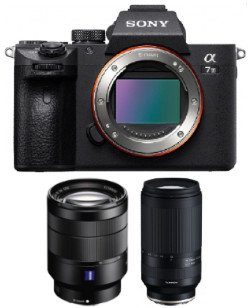

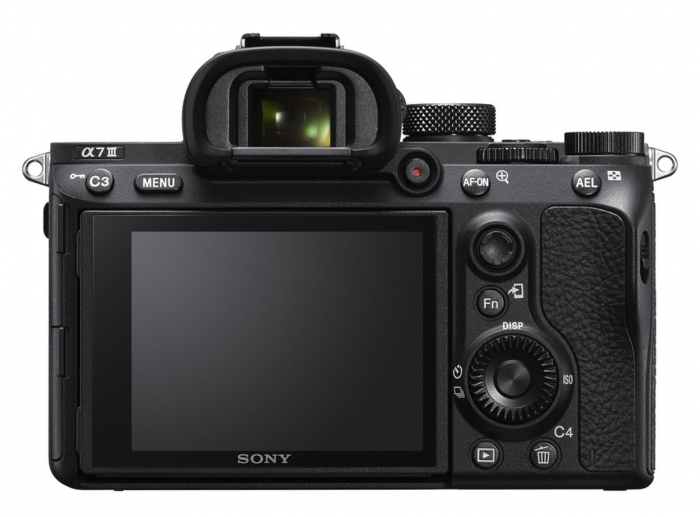

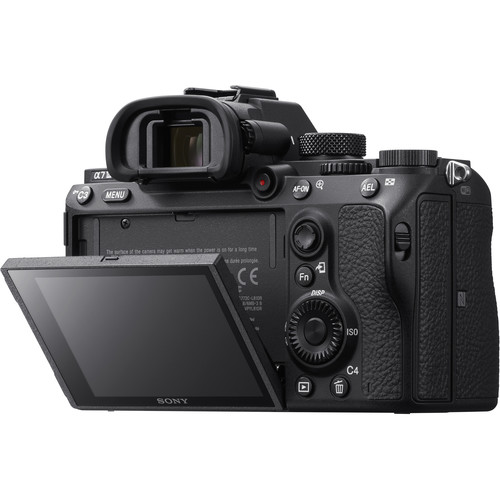
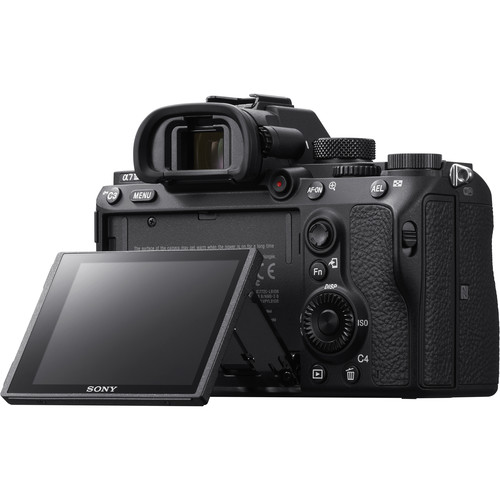

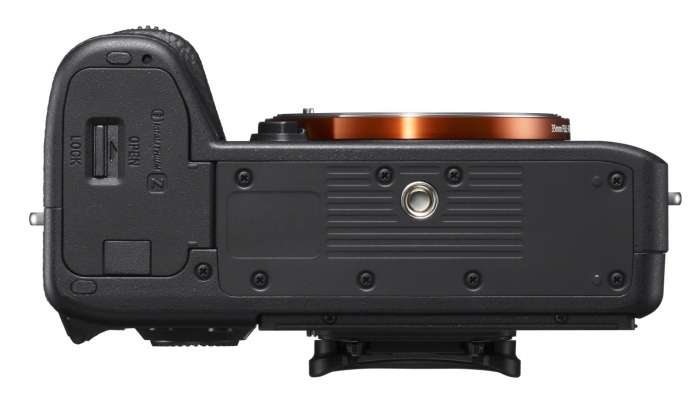
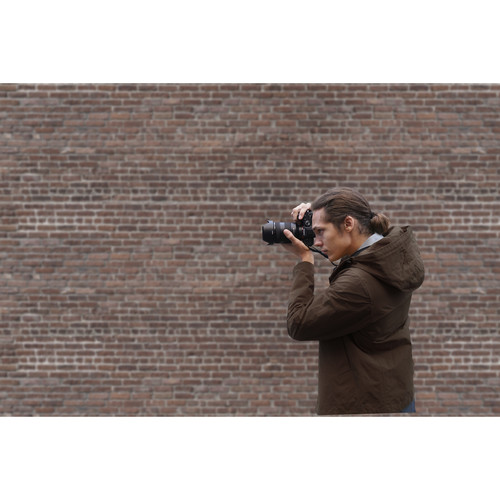
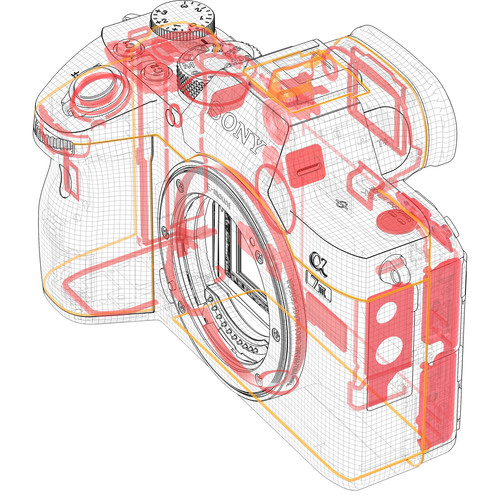
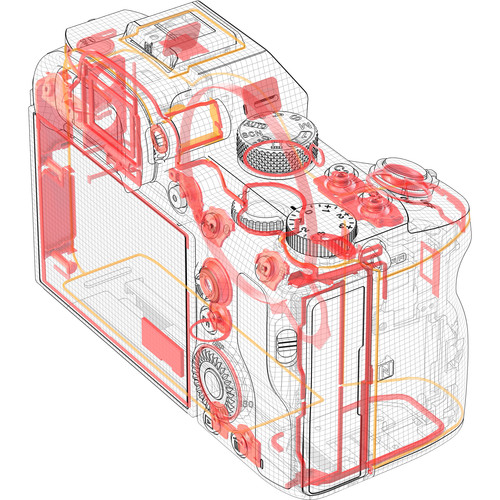
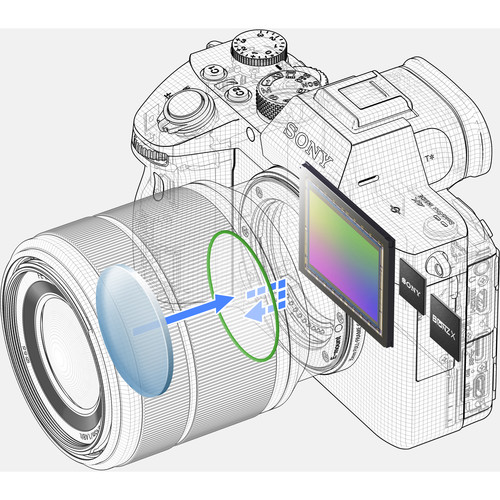

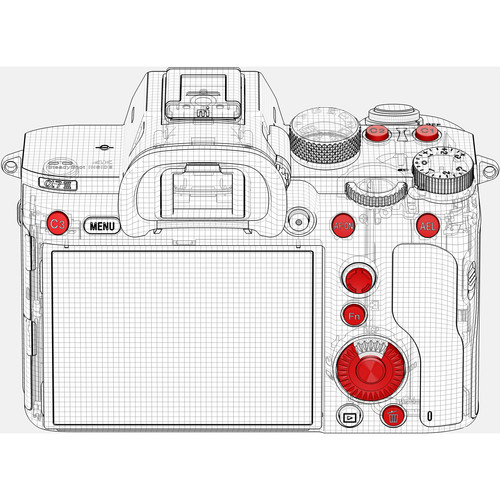
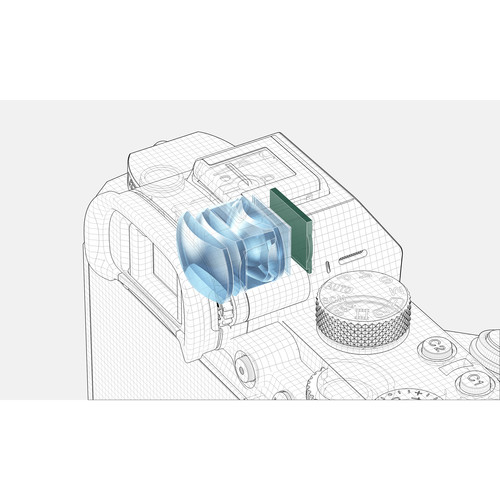
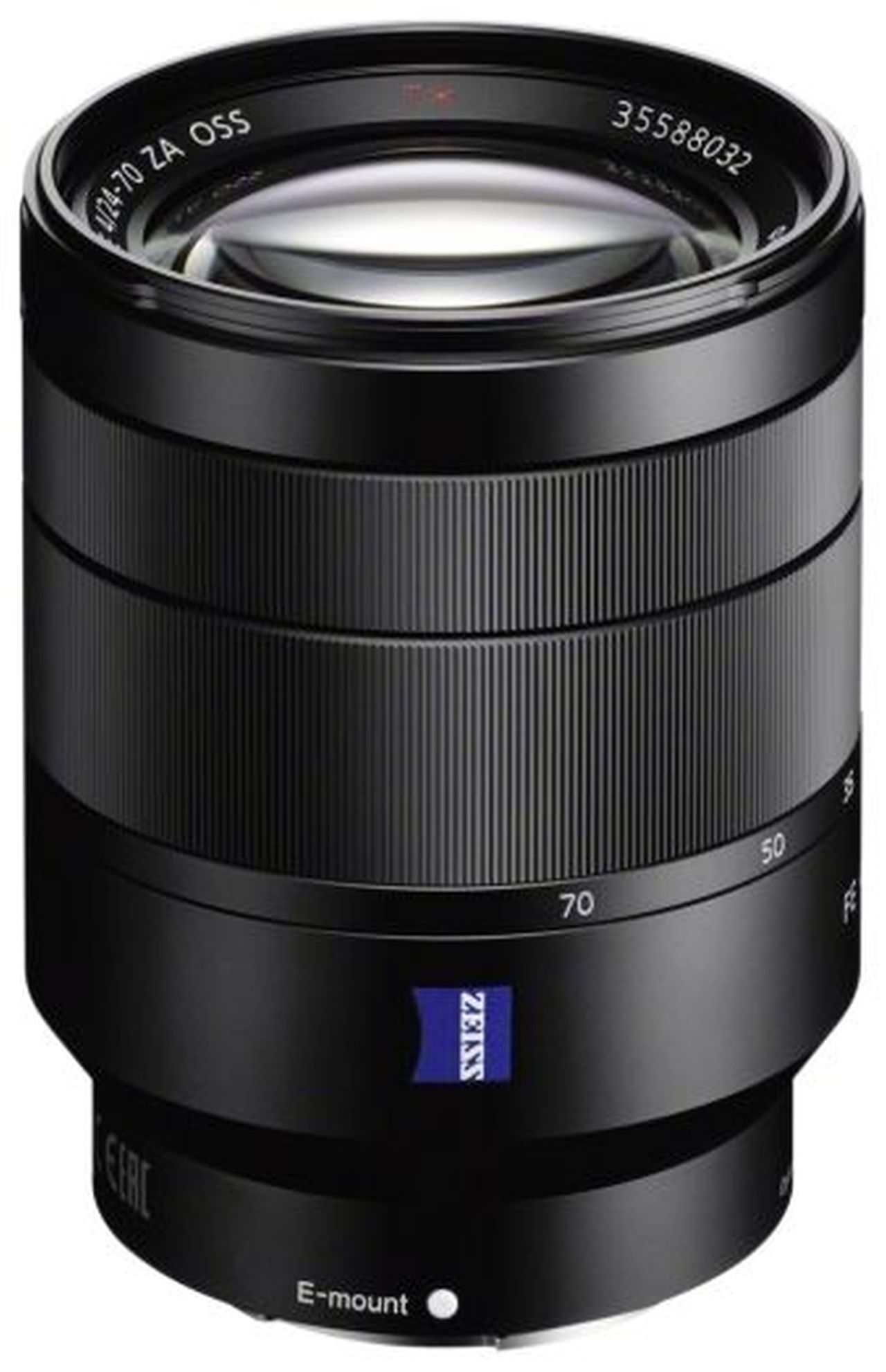

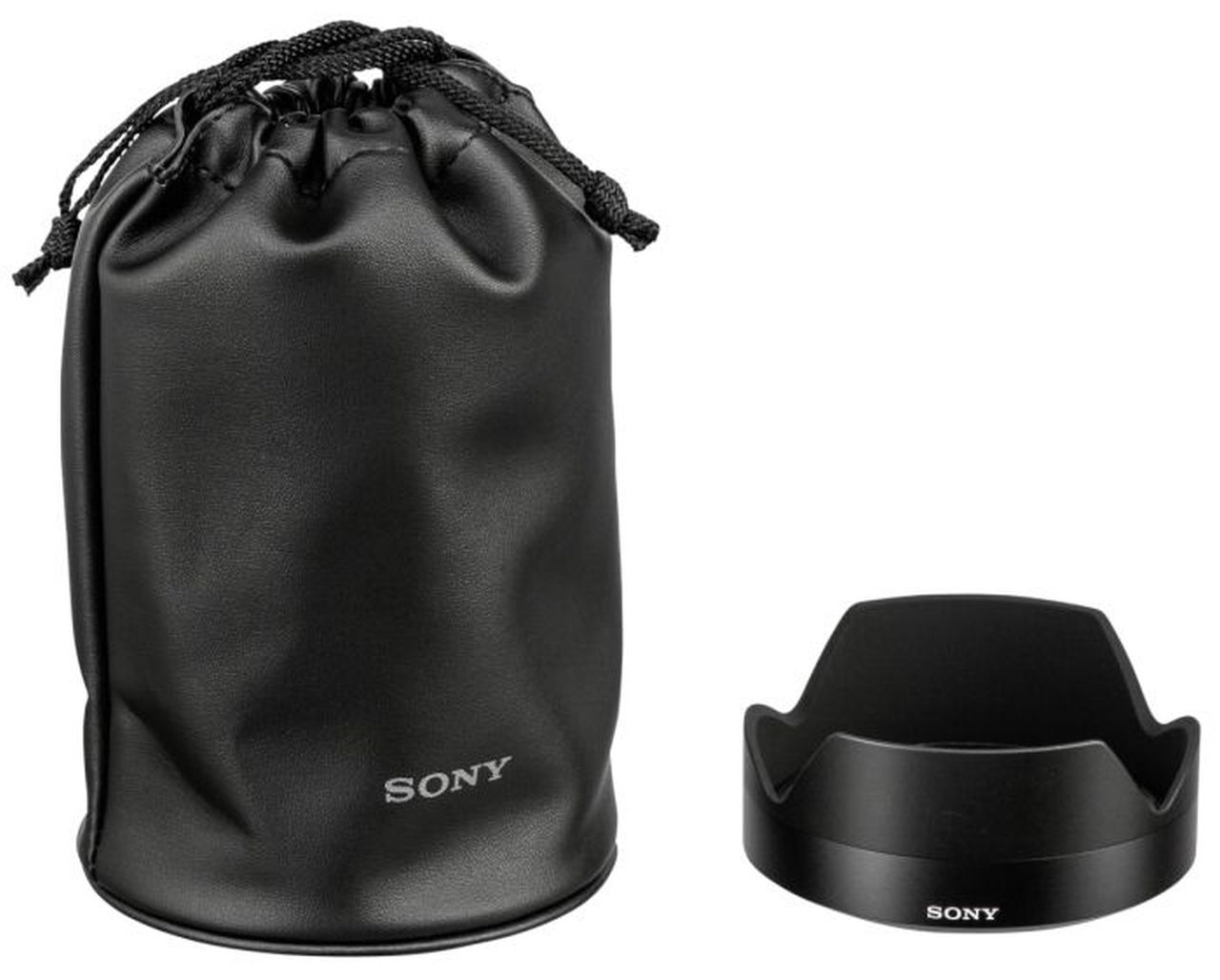
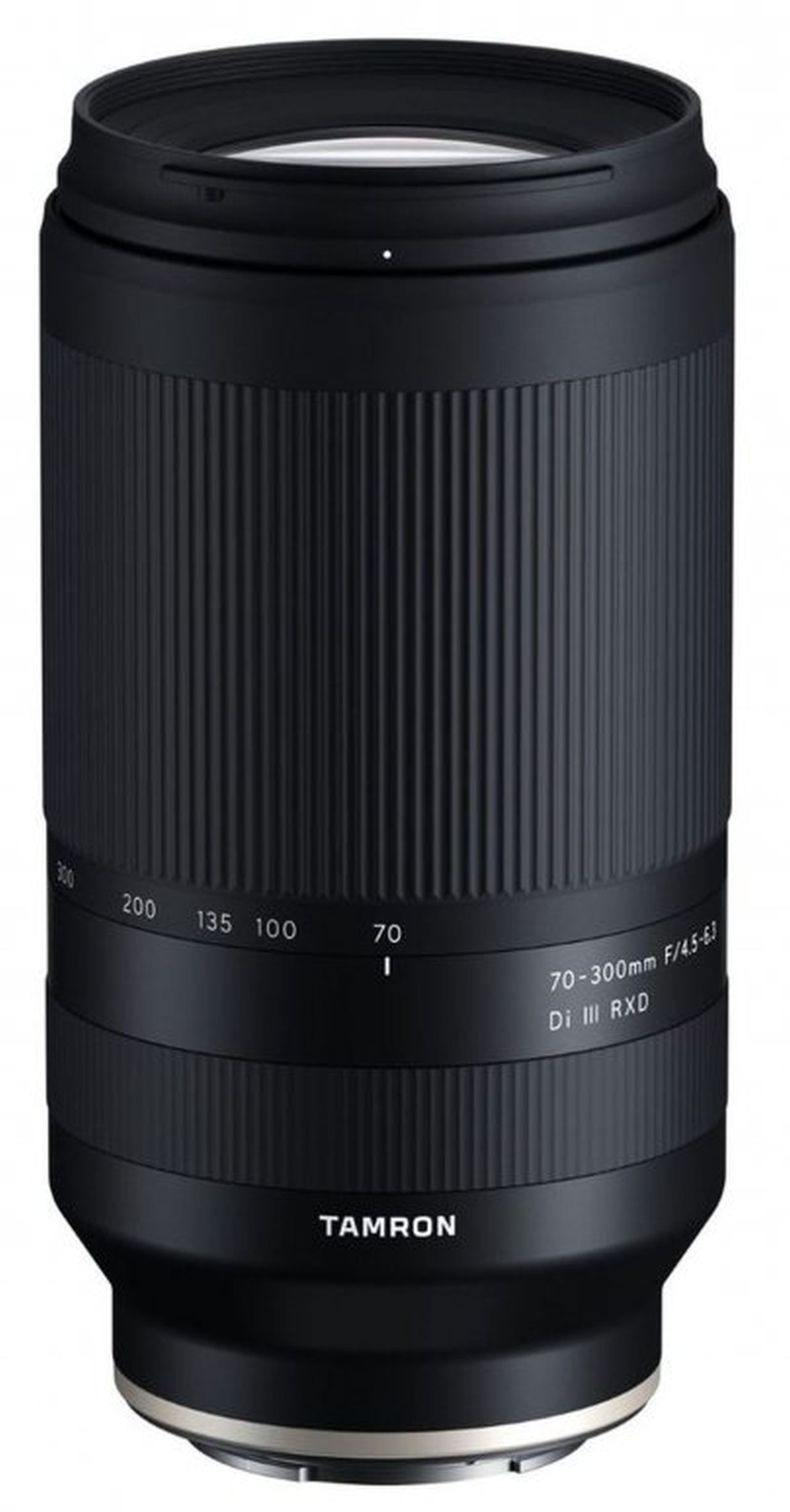
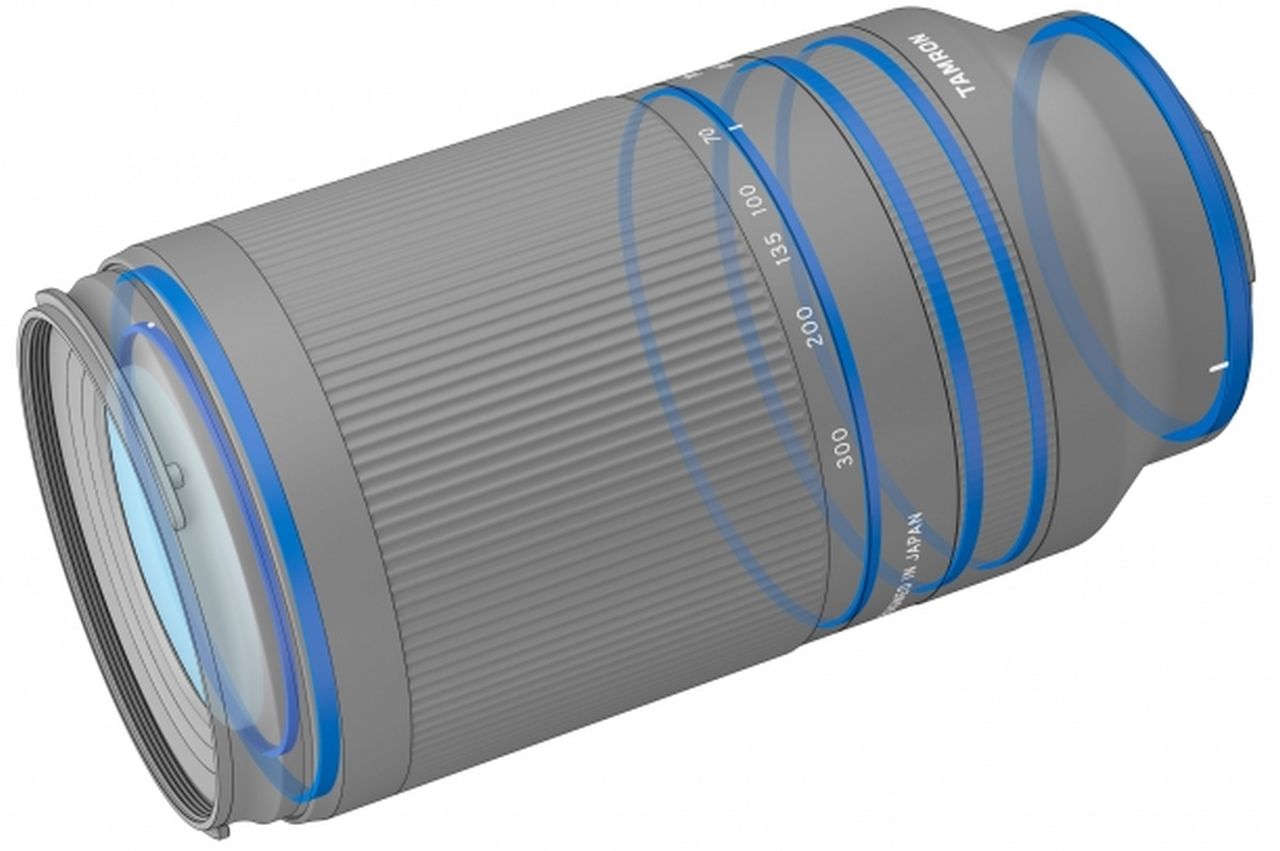
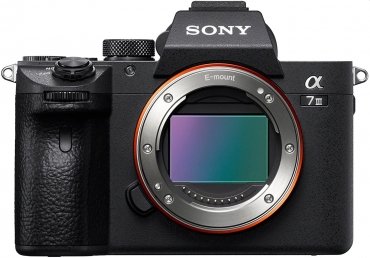
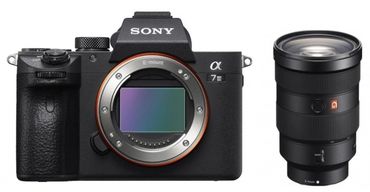

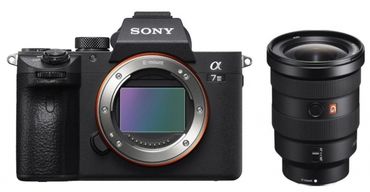

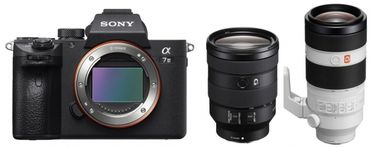
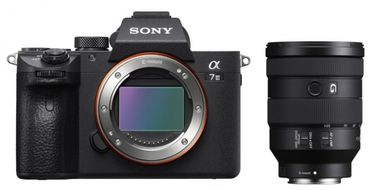
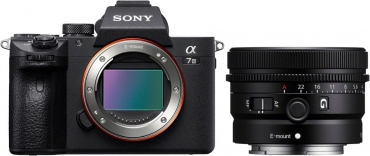
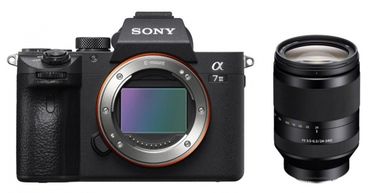
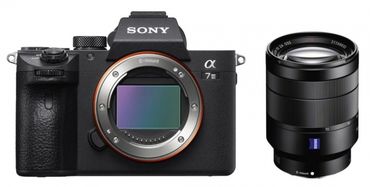

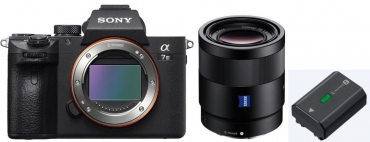
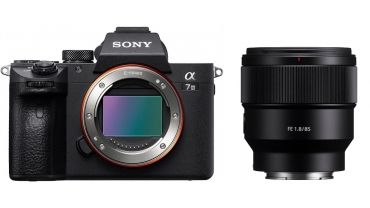
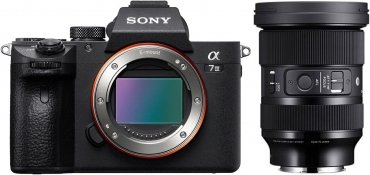




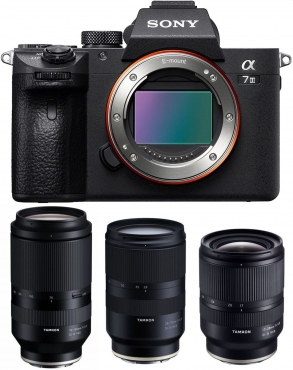
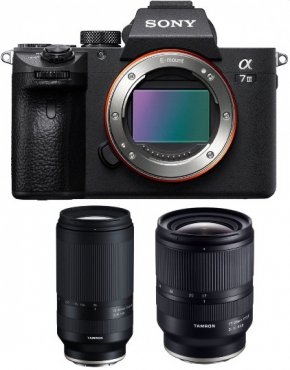
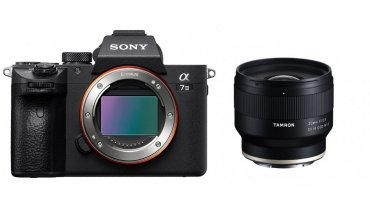

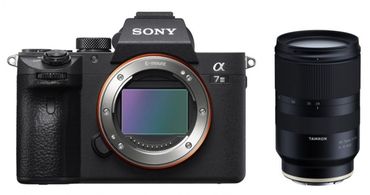

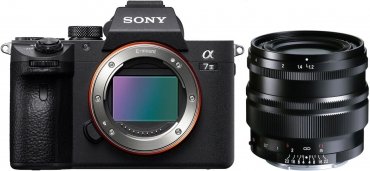

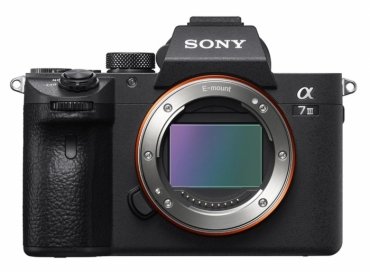
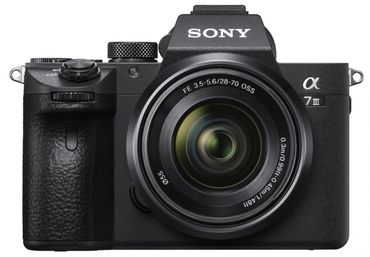

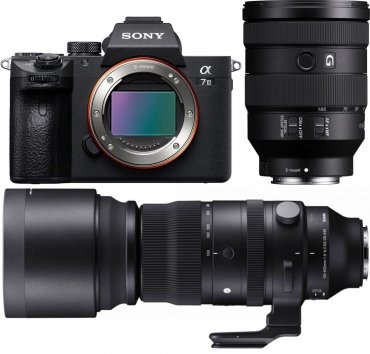
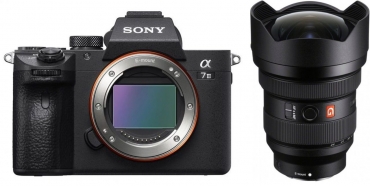

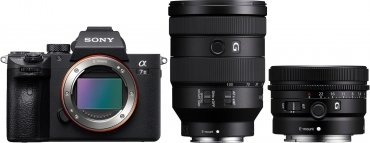

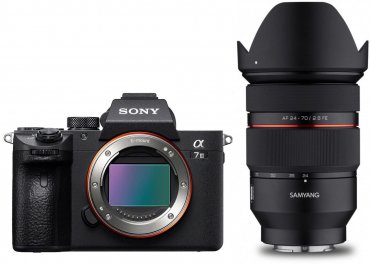
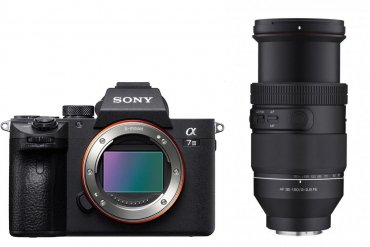
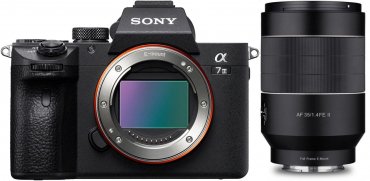
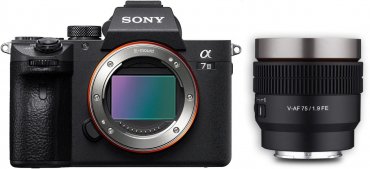

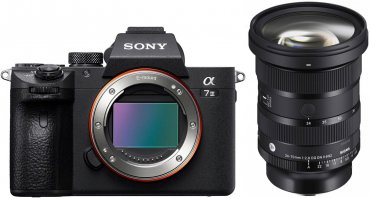
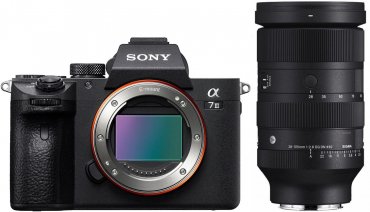
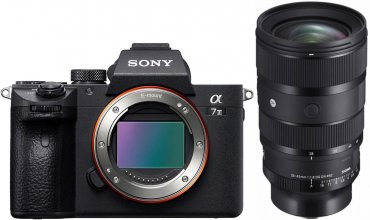
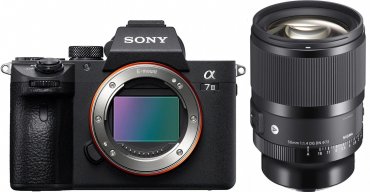
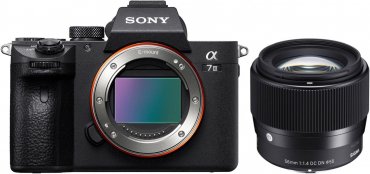
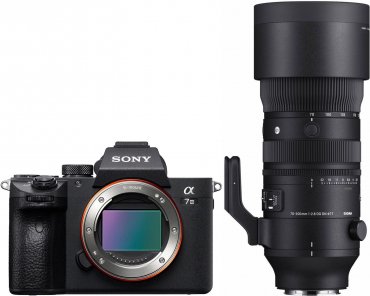

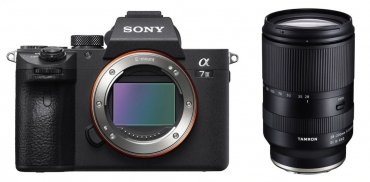
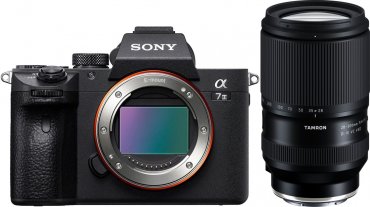

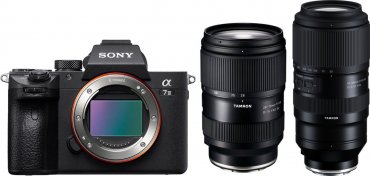

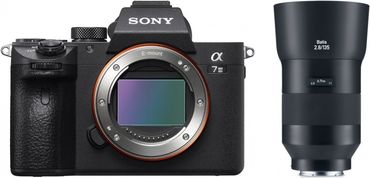
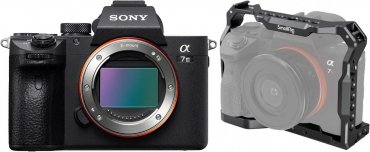
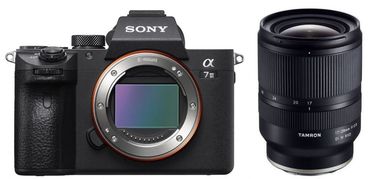
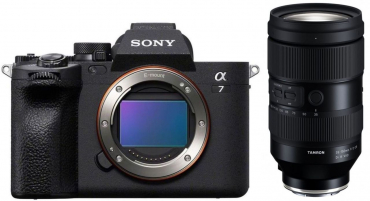
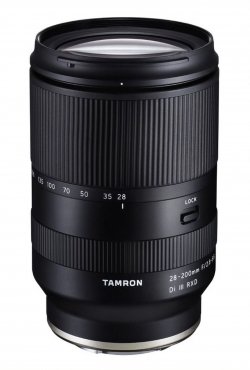
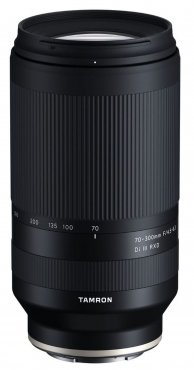

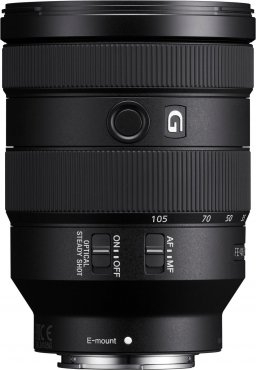
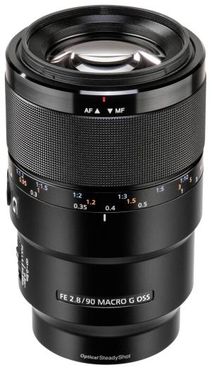

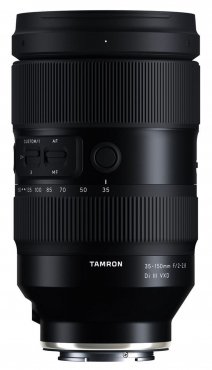

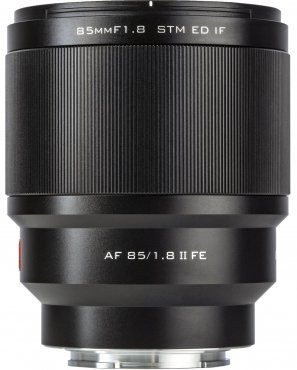
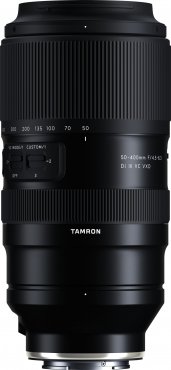
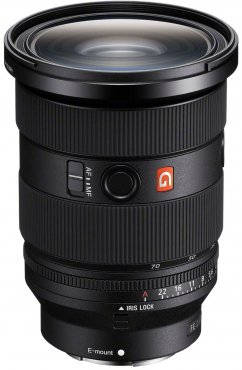
![Sigma 150-600mm f5-6.3 DG DN OS [S] Sony E-mount](https://media.foto-erhardt.de/images/product_images/thumbnail_images/907/sigma-150-600mm-f5-63-dg-dn-os-s-sony-e-mount-162814386990790304.jpg)

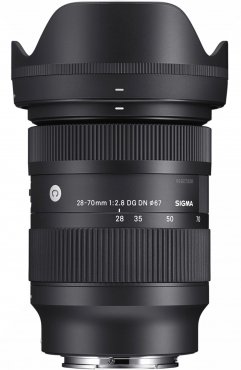
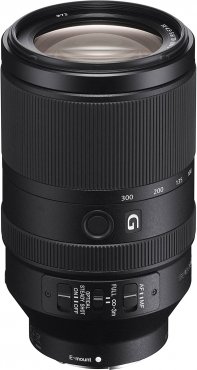
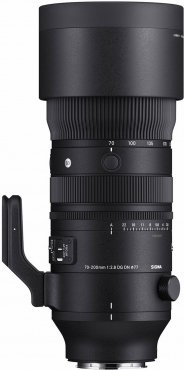

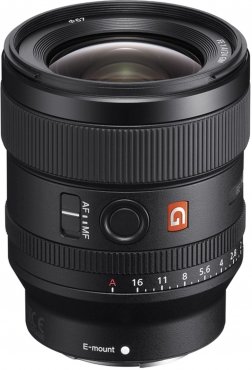
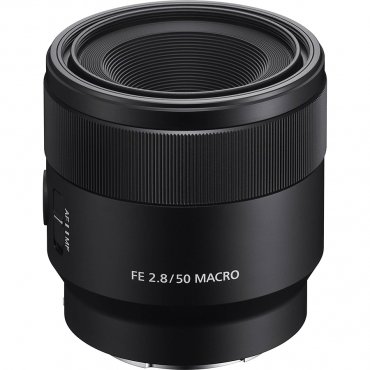
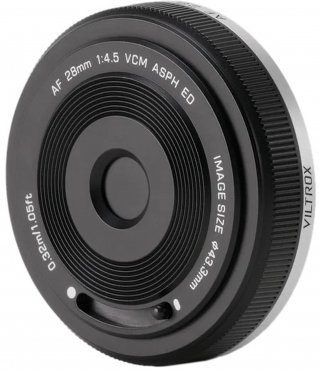
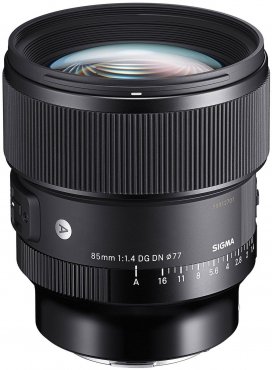
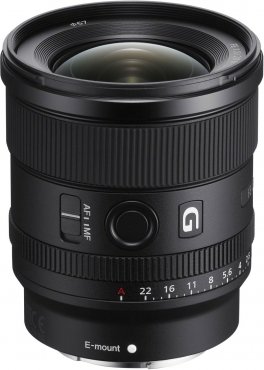
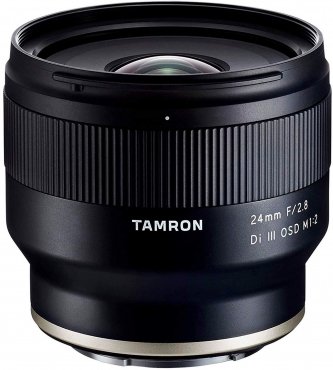
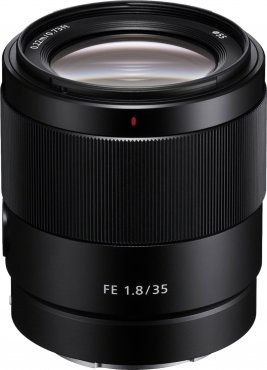
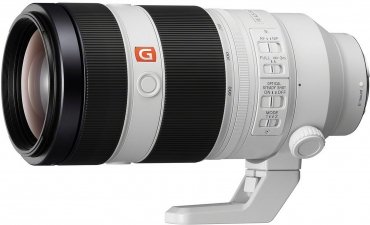
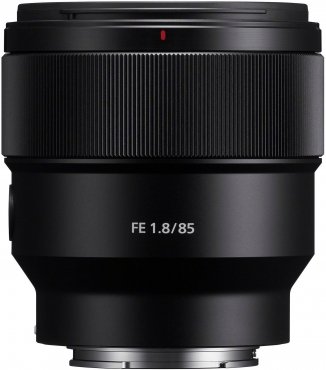
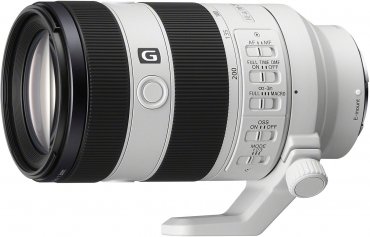
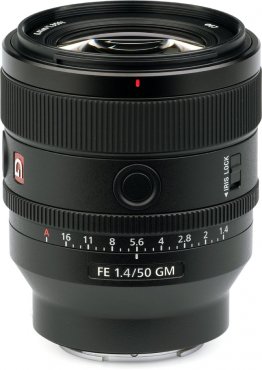
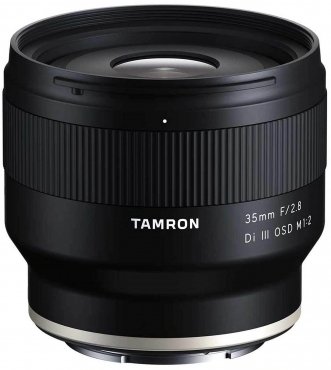

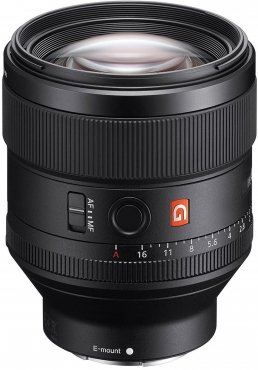
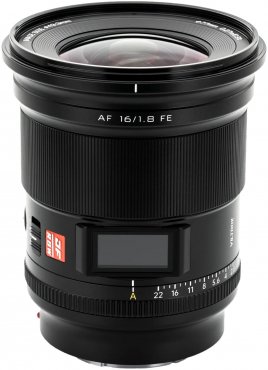


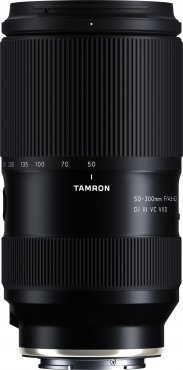
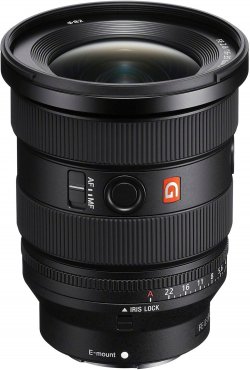
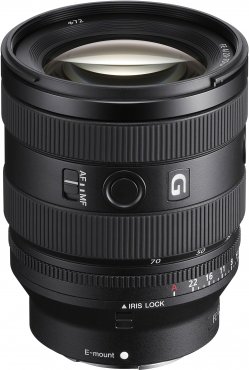
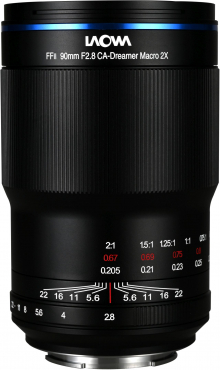
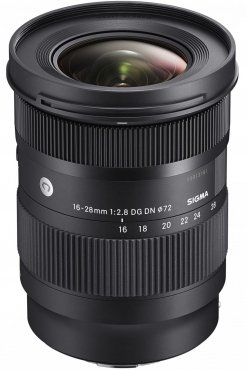

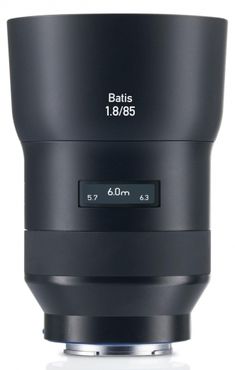
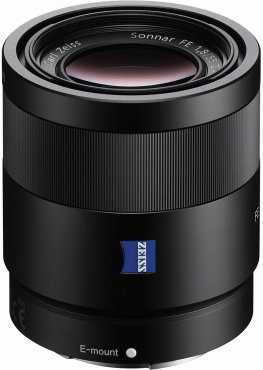
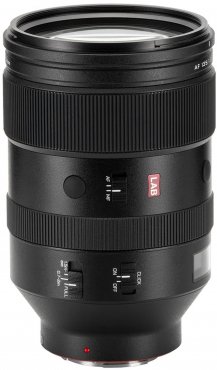
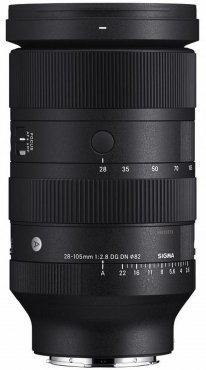
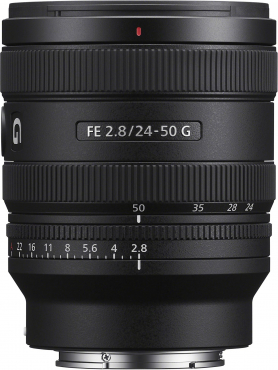
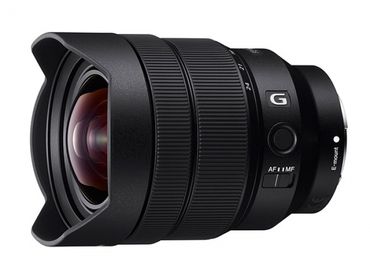
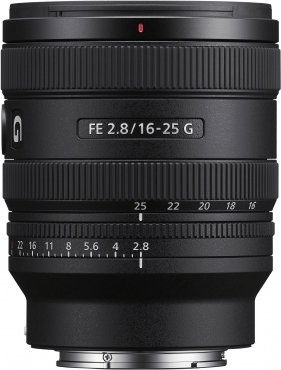
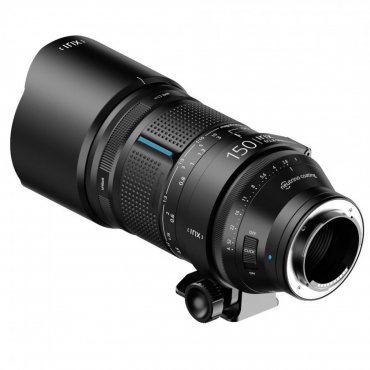
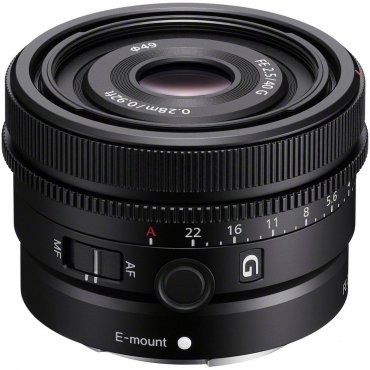
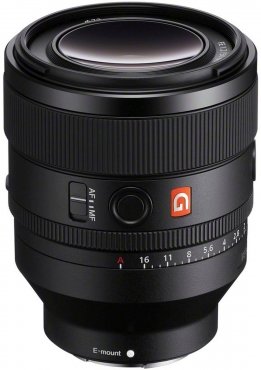
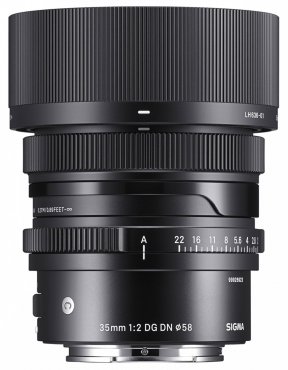
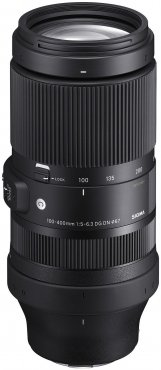

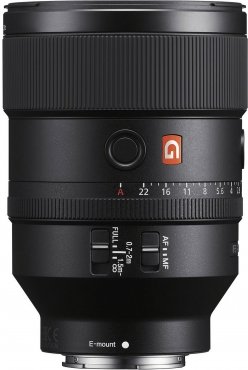




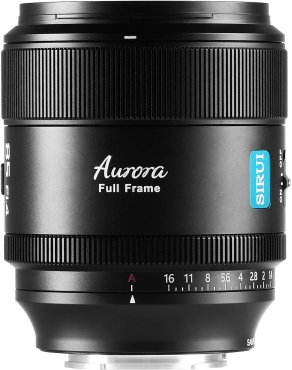
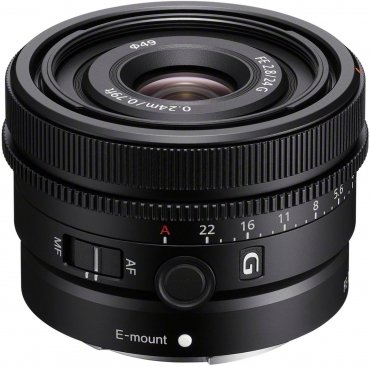
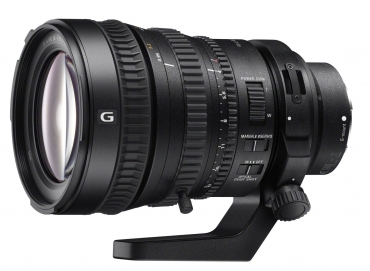
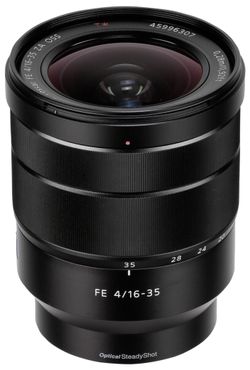
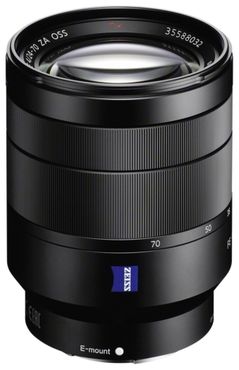

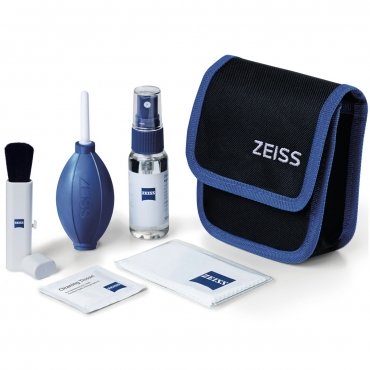
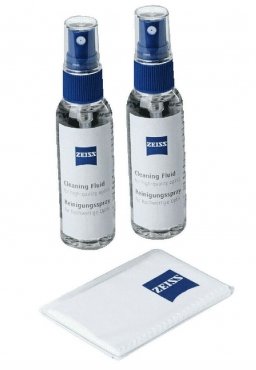
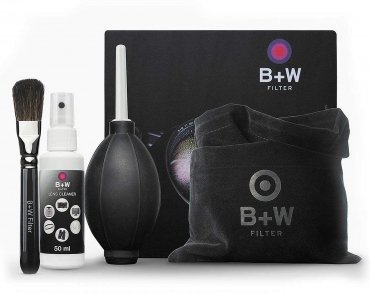
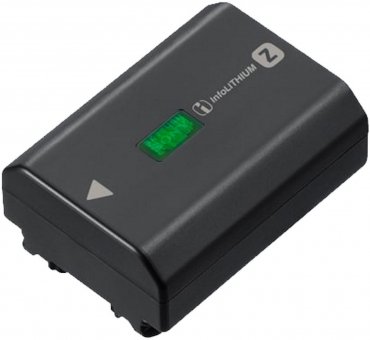
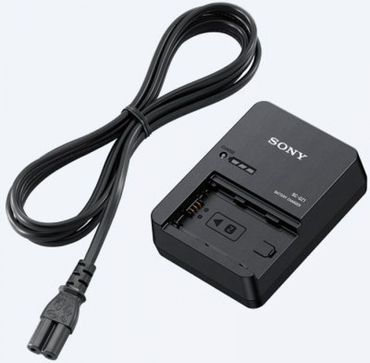
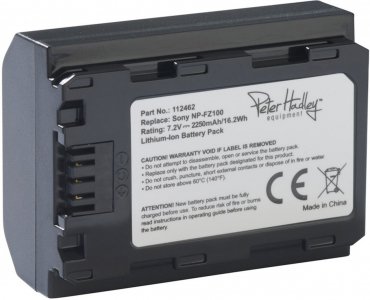

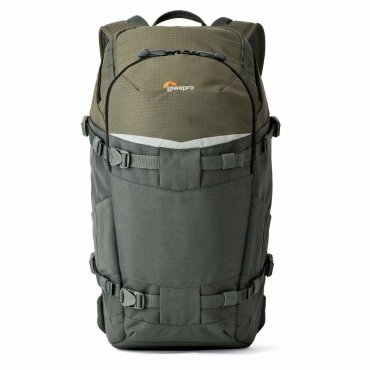
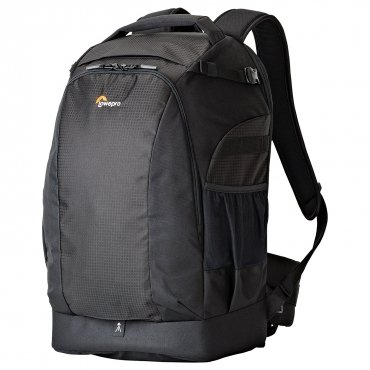
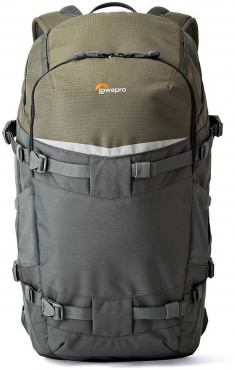

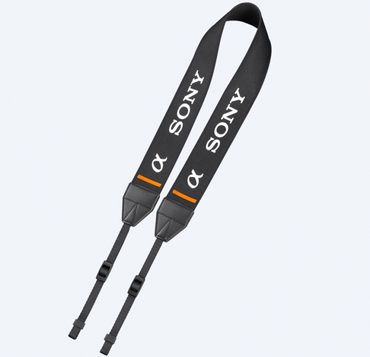
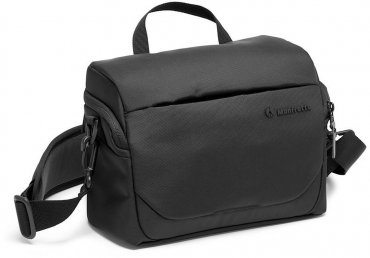

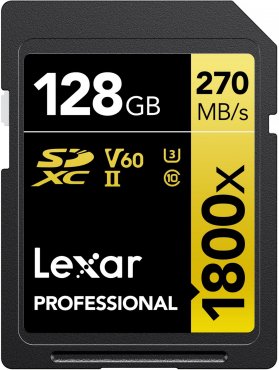
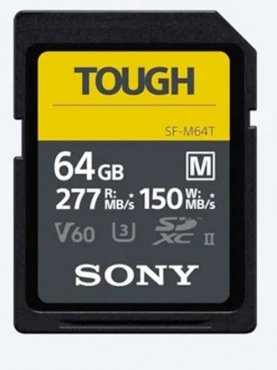
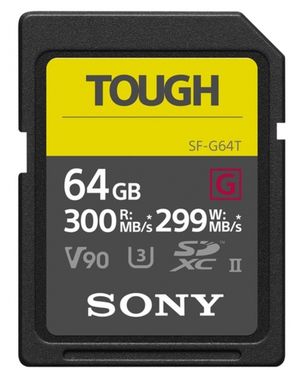
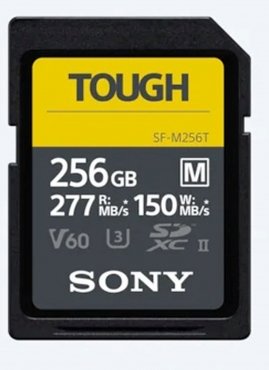
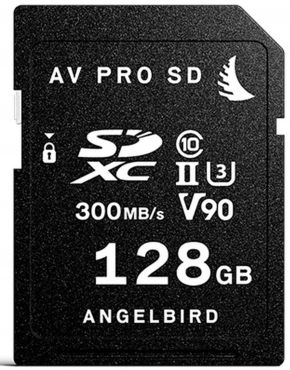

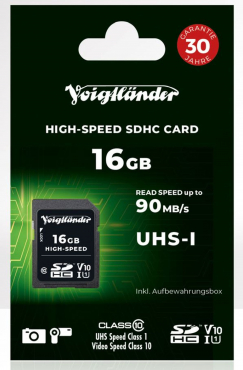
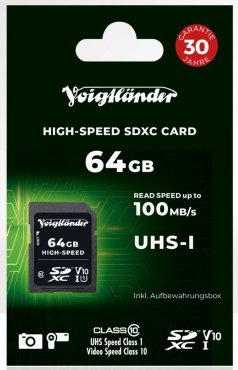
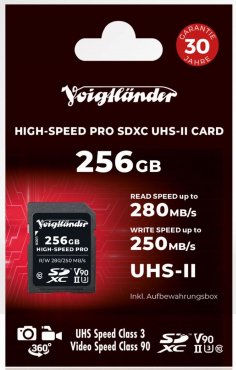

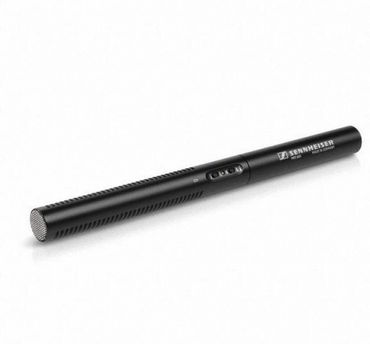
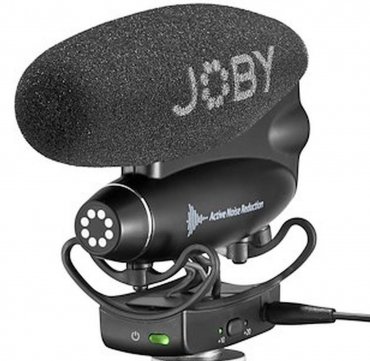
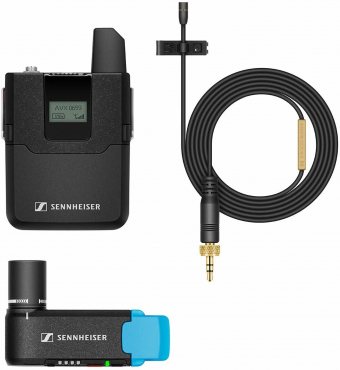
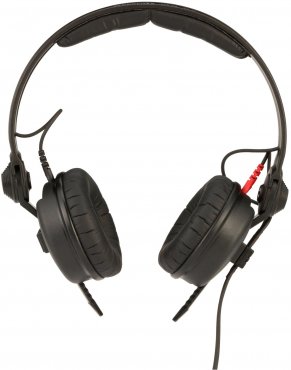
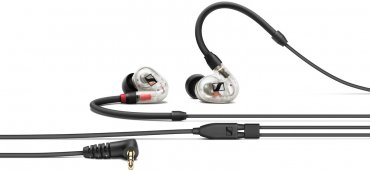

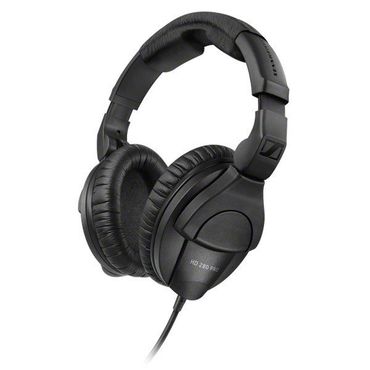
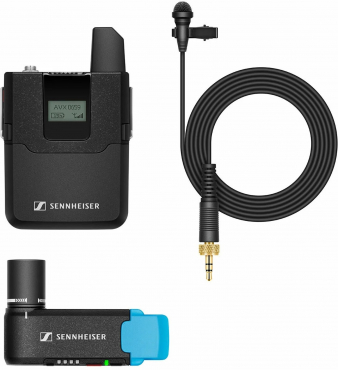
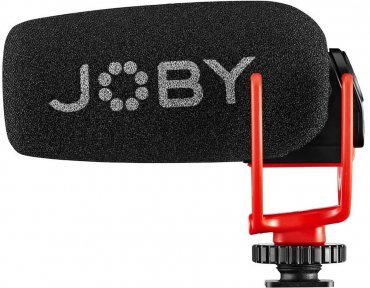

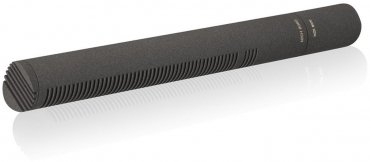
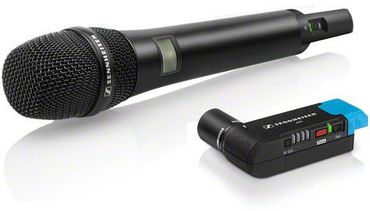
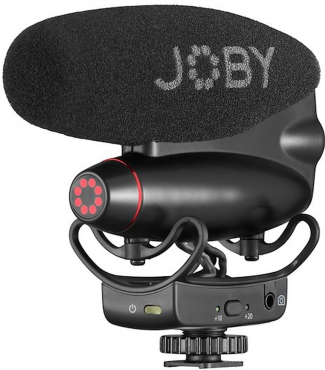
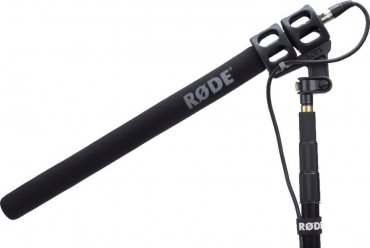

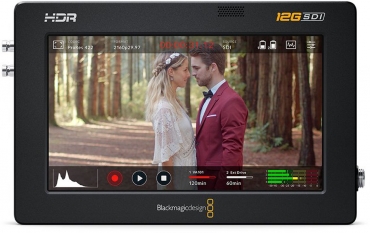

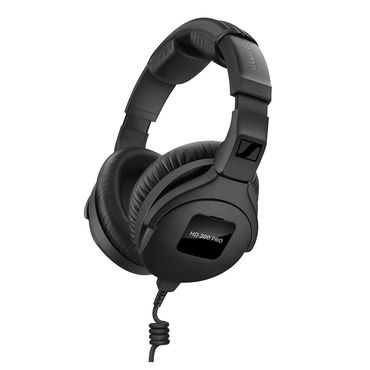
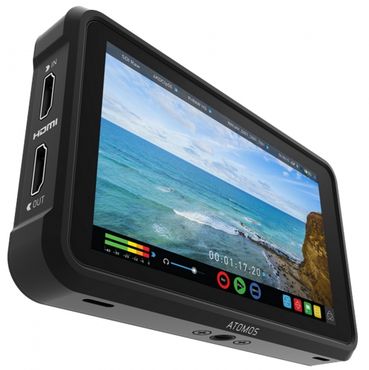
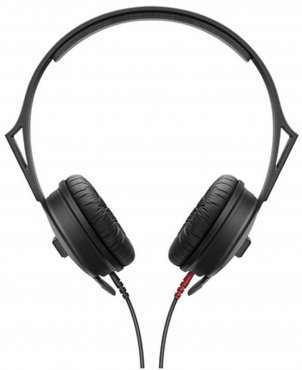

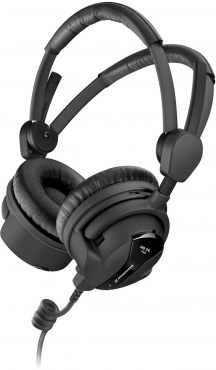


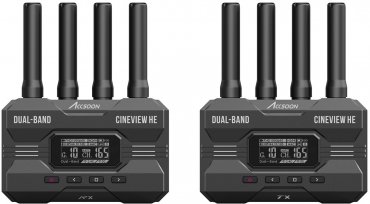
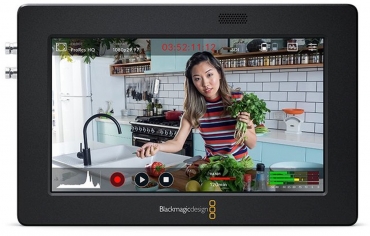

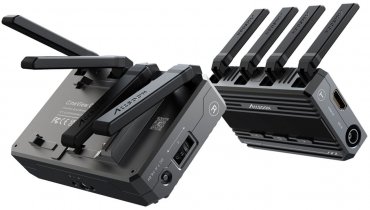
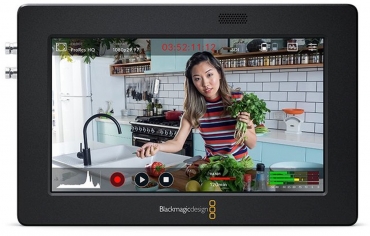

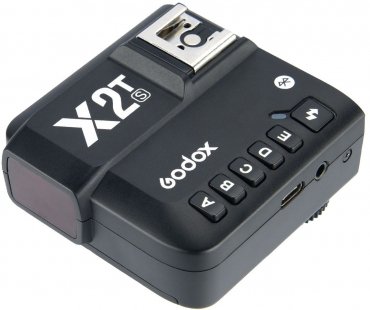
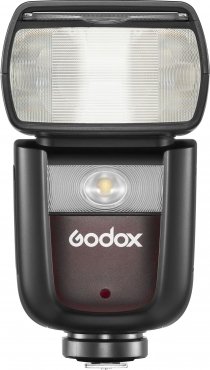
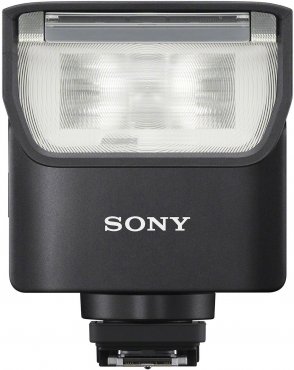
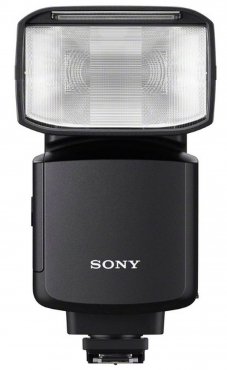
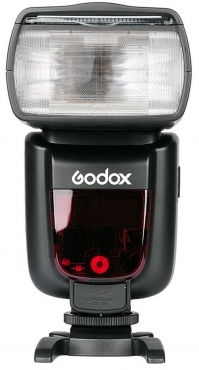
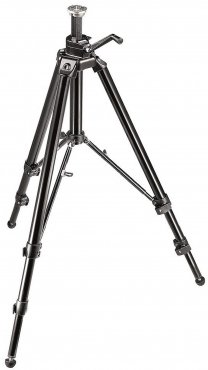
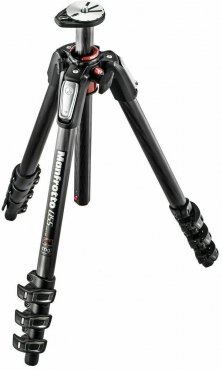
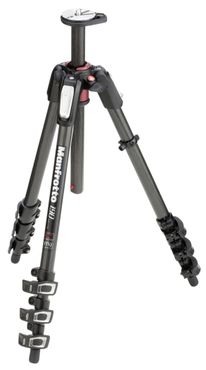
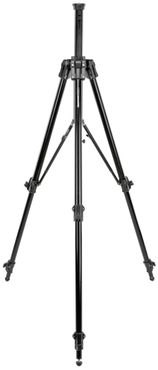

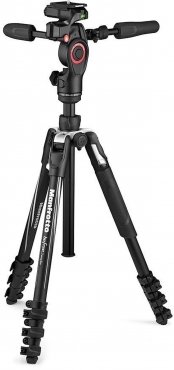
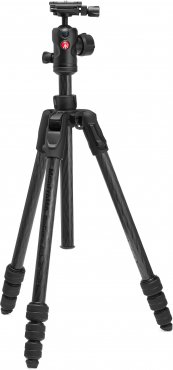
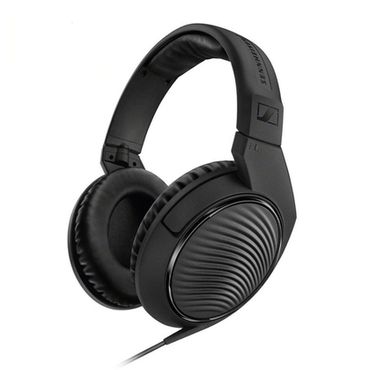

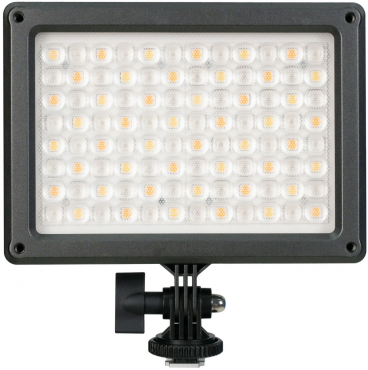
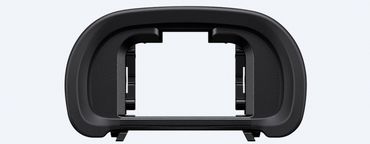
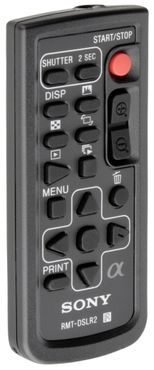

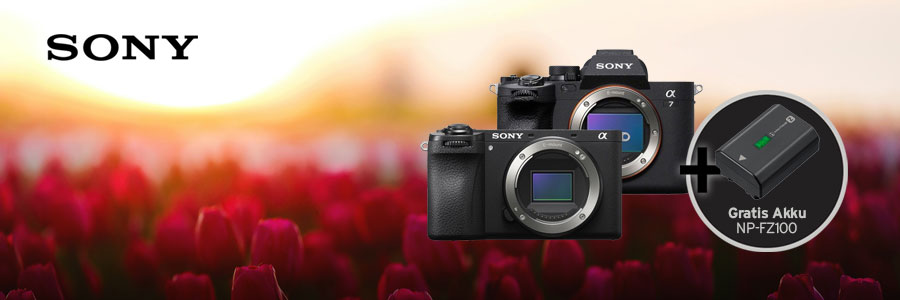
Simply subscribe and benefit as a newsletter recipient every week: